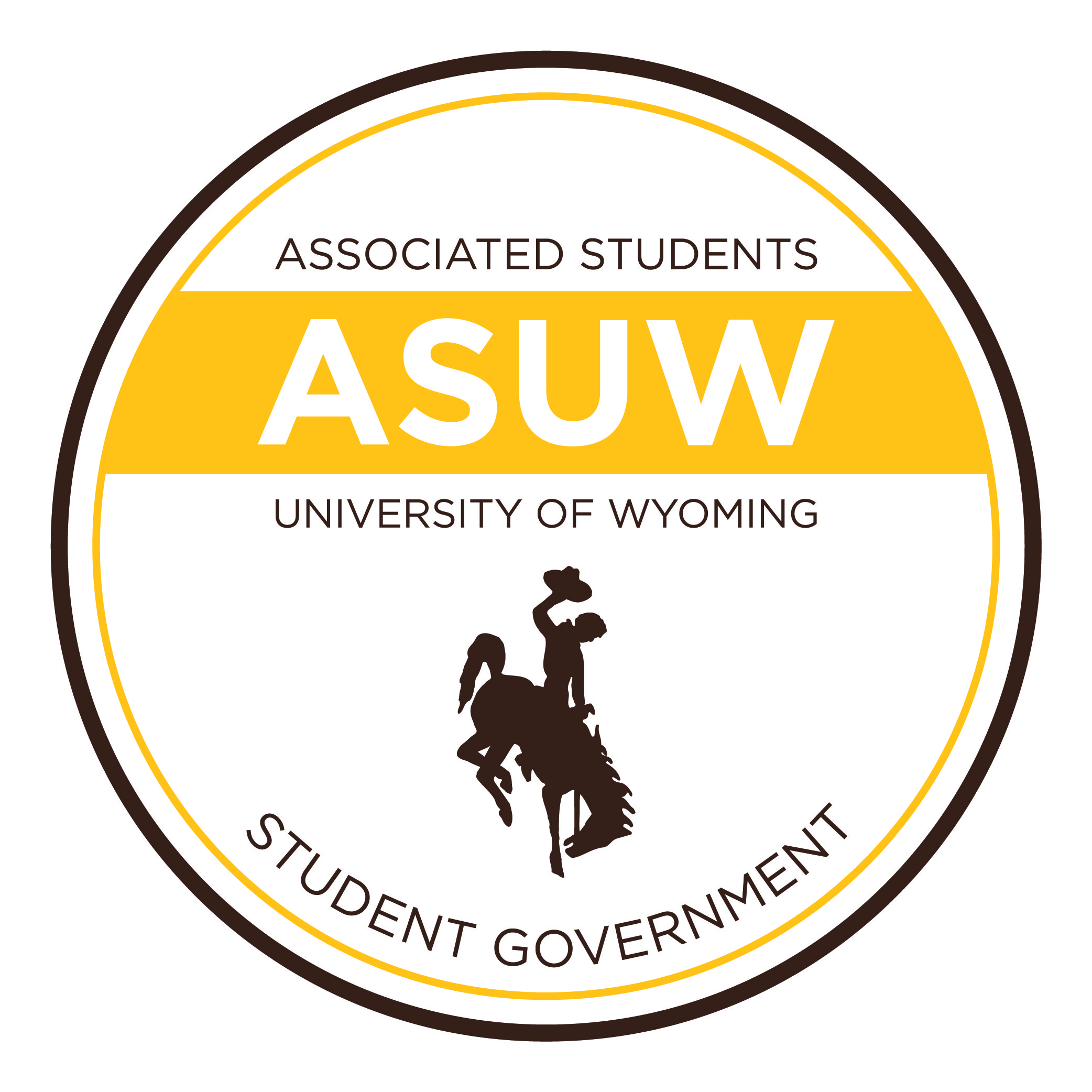In the Family Room of the Wyoming Union on Friday evening, several members of the cast of “Laramie Inside Out” gathered after a screening of the film to discuss their roles, lives and the 20 years since the events of the film occurred. This cast, however, is composed of real-life people living in Laramie at the time of Matthew Shepard’s murder.
The documentary follows the community response to the national headline-making hate crime, including anti-gay protests led by Westboro Baptist Church leader Fred Phelps and the “Angel Action” counter-protest spearheaded by Shepard’s friends. Shot entirely by Beverly Seckinger in the months following the murder, the film is a close-up view at the very personal reactions to a defining chapter of Wyoming and LGBTQ history by some of the people it affected most.
The film interweaves several stories: Shepard’s, that of his friends and members of Wyoming’s small but vibrant LBGTQ community at the time. Threaded throughout is Seckinger’s own story of growing up closeted in Laramie, graduation from UW and her decision to return in 1999.
Working in Arizona as a professor of theater, film and television, Seckinger first heard about Shepard’s murder in a heavy-hearted email from her former English professor Janis Harris. Unaware of what Harris was referring to, Seckinger turned to the web and saw the national headlines about a fatal gay bashing in Wyoming. In the midst of preparing to film a different project, she changed gears.
“I decided I need to go back to Laramie and do something,” Seckinger said, “to be there to share in the community mourning for what had happened.”
The murder trial of Russell Henderson, one of two young men who robbed and viciously beat Shepard, who later died of his injuries, began the day Seckinger arrived. Although the trial quickly ended with Henderson’s guilty plea, protests by Phelps and his congregants and counter-protests by Shepard’s friends lasted much longer. Dressed in white robes and wings, the “Angels” formed a silent circle around the Phelps’ picketers, who were holding signs and shouting slogans like “God hates fags” and “Matt in Hell.”
“It’s hard to explain the emotional impacts at the time because now it seems like such a different time,” Seckinger said. “Somehow in the last five years or so when I share this film with college students today I can feel it through their eyes, you can feel that time up on the screen doesn’t feel like now anymore. It’s like a historical moment.”
In the film, Seckinger’s interviews with students, parents and other locals about homophobia in Wyoming evidence that it was a different time. A lot has changed in the last 20 years – openly identifying as gay, lesbian, transgender or queer is not as dangerous an act as it was in the 1990s.
In Laramie, this is in part thanks to the efforts of parents, students and university staff to create a safe space for LGBTQ youth following Shepard’s murder. During the discussion panel following the film, one young viewer recounted her experience as a bisexual teen and cited Jim Osborn’s visit to Laramie High School several years ago as the reason she felt she could come out. Osborn, who appears in the film as one of the early organizers of UW’s Safe Space group, is now the university’s Title IX coordinator. Seckinger passed the mic around the room for the additional testimonies, many of which drew tears from the panelists and audience members alike.
Others in the audience questioned if the gains made by the LGBTQ community have really been that significant, pointing out that hate crime in Wyoming is far from a thing of the past. Wyoming still lacks statewide legislation criminalizing discrimination on the basis of sexual orientation or gender identity; Laramie and Jackson are the only towns with local nondiscrimination ordinances.
Still, panelists were hopeful.
“How many of you were born after ‘98?” Osborn asked the 60-strong audience. Hands around the room shot up. “That’s progress we can’t measure, that you’ve chosen to be here on a Friday night.”
Although the life and death of Matthew Shepard no longer feel like the recent past for current students, Shepard’s legacy lives on in Laramie.
For more information about memorial events like the screening of “Laramie Inside Out,” see UWyo.edu/ShepardSymposium/Matthew-Shepard-Memorial-Group. “Laramie Inside Out” is available for streaming at New Day Films and Kanopy, or for purchase at LaramieInsideOut.com.



